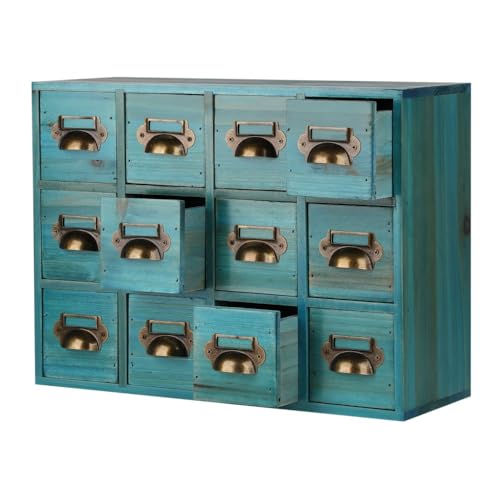| Manufacturer: | Scratch |

Brief:
This is a kit bash of an Estes Bullpup plus a few parts to build a model of the
futuristic Star Duster from the 1960s cartoon "Scott McCloud, Space
Angel".
Modifications:
"Scott McCloud, Space Angel" was a cartoon produced from 1962 through
1964. It used the "synchro-vox" technique, where stills were used in
the cartoon, but close-ups of the characters had the actors mouths pasted in as
they spoke. His ship, the Star Duster, was an impressive piece of retro-looking
space craft. Coming up with the design was a challenge, because as you can see
from the samples included, the proportions were not very consistent from one
picture to another. I had to actually measure various zooms of these pictures
and come up with an estimated average proportion from among them.
The body, nose, tail cone, launch lug, recovery gear and motor mount are all right from the Bullpup kit and are put together just as the directions show. What makes this model is the fins, including pods on the "wing" fins, the rather art deco looking aditions to the "rudder" fin, and the canard fins. The body construction was done with normal LPR materials but epoxy was used on the fins and fillets.
The fins were cut from 1/8" basswood. They could have been lighter stock, but I wanted good strength for flight and a hefty feel for display. Each of the three main fin has a 4" root and 4" span. The wing fins are set with the trailing edge/root point at the joint of the body tube and tail cone, but the rudder fin is set back 1/2" from these and must be cut at the root to fit over the tail cone. The fins were glued on 120 degrees apart. The two canards were glued on 180 degrees apart on the sides of the rocket about 1" aft of the forward end of the body tube. The launch lug was placed on the "bottom" of the body.
 The wing pods
are made by gluing one of each of the PNC5 nose cones into the tube and cutting
a 1/8" x 1.25" slot in the tube to fit over the wing pod with the
ogive nose forward and pushed on until the wing tip stopped it from going
further. The top addition to the rudder was 1" of 1/4" styrene tube
with a piece of 3/16" dowel sanded to an ogive and glued in the front. The
others were 3/16" dowel sanded to rounded ends, cut in half lengthwise and
the two pieces glued to either side of the rudder across from each other.
The wing pods
are made by gluing one of each of the PNC5 nose cones into the tube and cutting
a 1/8" x 1.25" slot in the tube to fit over the wing pod with the
ogive nose forward and pushed on until the wing tip stopped it from going
further. The top addition to the rudder was 1" of 1/4" styrene tube
with a piece of 3/16" dowel sanded to an ogive and glued in the front. The
others were 3/16" dowel sanded to rounded ends, cut in half lengthwise and
the two pieces glued to either side of the rudder across from each other.
Since the fins were so heavy and thick, epoxy was used to glue them on along with the wing pods and rudder pieces. Epoxy was used as well for the fillets.
Construction:
1 Estes Bullpup kit, plus:
- 1/8" basswood stock
- 1/4" styrene tubing
- 3/16" wooden dowel
- two 3" pieces of BT-5 tube
- two 2" long tangent ogive PNC5 nose cones
- two 3/4" long parabolic PNC5 nose cones
- Pactra striping tape

Finishing:
Finishing was two coats of Deft spray lacquer sanding sealer over everything,
sanded after each (400 and 600 grit), then two coats of Rustoleum white primer,
followed by two coats of Rustoleum white satin finish. The black window hatches
were hand cut from Pactra striping tape.
Flight:
All three flights to date have been on B6-4s. It arcs over slightly with the
rudder up because of the imbalance of the two wing pods, so it looks good
enough that I can pretend I meant it to do this. The ejection is a little
before apogee at 4 seconds, but this is a slow flyer so it's safe enough a
delay.
Recovery:
I use a 12" "sport chute" from Aerospace Specialty Products on
this bird. It comes down a little fast but it's built like a rock. If I ever
fly it where it runs the risk of landing on pavement, I'll try a larger chute.
Summary:
I enjoyed the challenege of trying to design, sculpt, and build this bird from
minimal background material and still make it true to the original. Or, as true
as possible since the original looked different even on the same episode.
Frankly, what I had to work with wasn't quite enough--I did a lot from memory.
In fact, when I started I didn't even remember the name of the rocket. I asked
on TRF and someone knew. But the shape...that I remembered well.
Sponsored Ads
 |
 |











